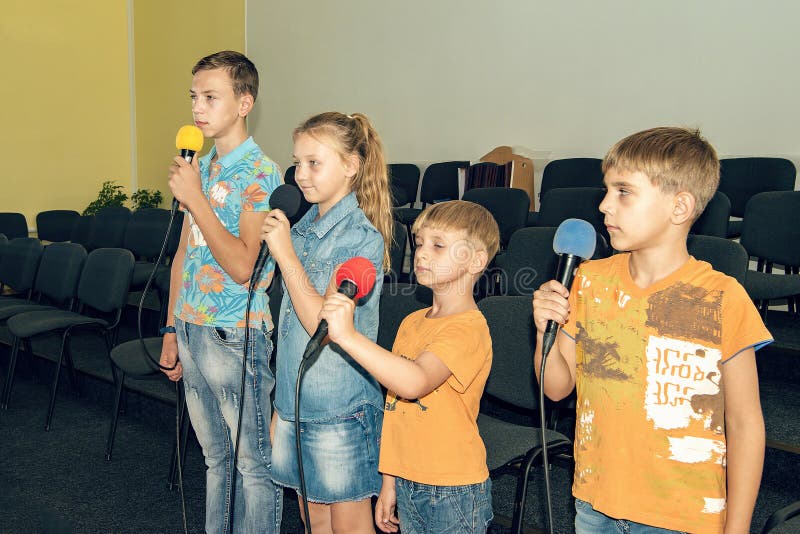


With regard to the ruling on reciting according to these maqaamaat, then it is not allowed to recite according to these musical maqaamaat. Ruling on reciting according to these Maqaamaat: Readers may recite according to one of the maqaamaat without knowing anything about it, and a reciter may vary his recitation, using a variety of maqaamaat, according to the verses and their meanings. Hence this is a science that preceded the Qur’an and its recitation.

It may also be noted that the maqaamaat are based on the tunes used by people in their singing and music. It may be noted that they are all non-Arabic maqaamat, except for the last one. These are the words of specialists in that field, and these are their literal definitions. It is one of the most spiritual maqaams and one of the most effective in helping one to focus in recitation of Qur’an. Maqaam al-Hijaaz (Hijaz): This is a maqaam of Arabian origin, named after the Hijaz region of Arabia. Maqaam as-Saba (Saba): This maqaam is very spiritual and powerful, and evokes emotions of compassion.Ħ. Maqaam as-Seeka (Sikah): This maqaam is distinguished by its slow and easy pace.ĥ. Nahawand is an Iranian city after which this maqaam was named.Ĥ. Maqaam an-Nahaawand (Nahawand): This maqaam evokes emotions of compassion and gentleness, and instils humility and reflection. Specialists in maqaamaat prefer this maqaam when reciting verses that tell narratives or prescribe rulings.ģ. Maqaam ar-Rast (Rast): Rast is Persian word meaning steadfastness. It is the maqaam that focuses the heart and makes it ponder the verses of Allah and their meanings.Ģ. Maqaam al-Bayyaat (Bayati): This is a maqaam that evokes humility and monasticism. With regard to the modes compiled by musicologists, there are six modes, as follows:ġ. This is not an invented science rather it was compiled by studying and listening to the tunes of people. Those who specialize in that art have classified the tunes by specific rhythms and called them maqaamaat. The maqaamaat or melodic modes/tunes etc mentioned in the question are kinds of tunes or melodies used by musicians and singers. Can we learn this so that we are able to recite Quran in a better way by following these melodic tunes and sounds (called the maqaamaat)? Is it permissible in Islam? How are we to understand these ahaadith? There is a completely different field or Art of Music & Singing that is based on melodic sounds/voice/tunes and it is an art learnt by people who want to improvise the beauty of their voice and tone. Question: Can we recite Quran in melodic sound like how the musicians & singers sing songs and poems? There are ahaadith which indicate that it is allowed to recite the Qur’an in a melodious voice (taghanni).


 0 kommentar(er)
0 kommentar(er)
